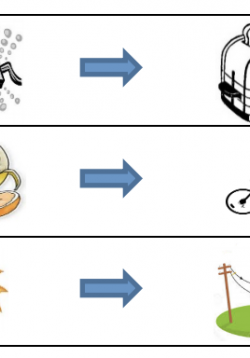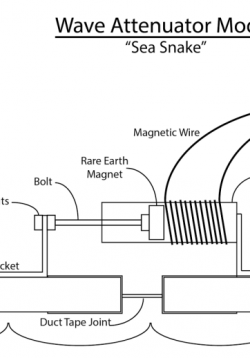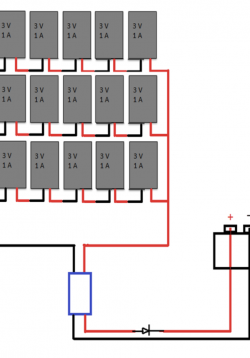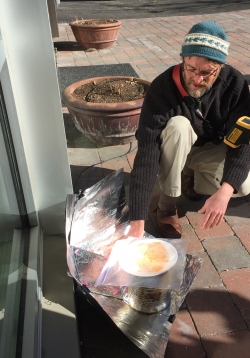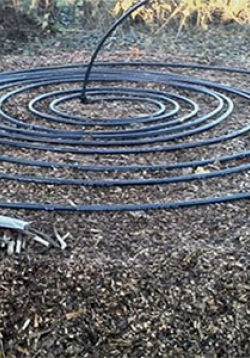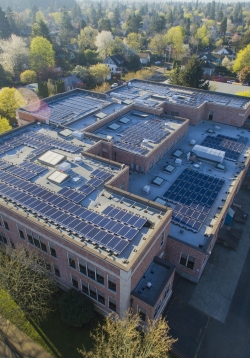Cost Effective Solar Cells: Unique Solar Cell Construction & Testing
This lesson is designed to be completed in four 80-minute sections. The teacher will facilitate the construction of unique solar cells for student projects. General chemistry equipment and fabrication equipment will be needed for student construction and...

